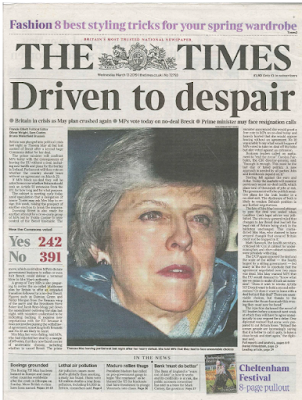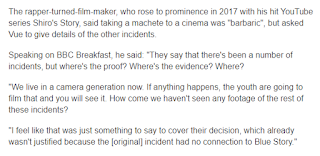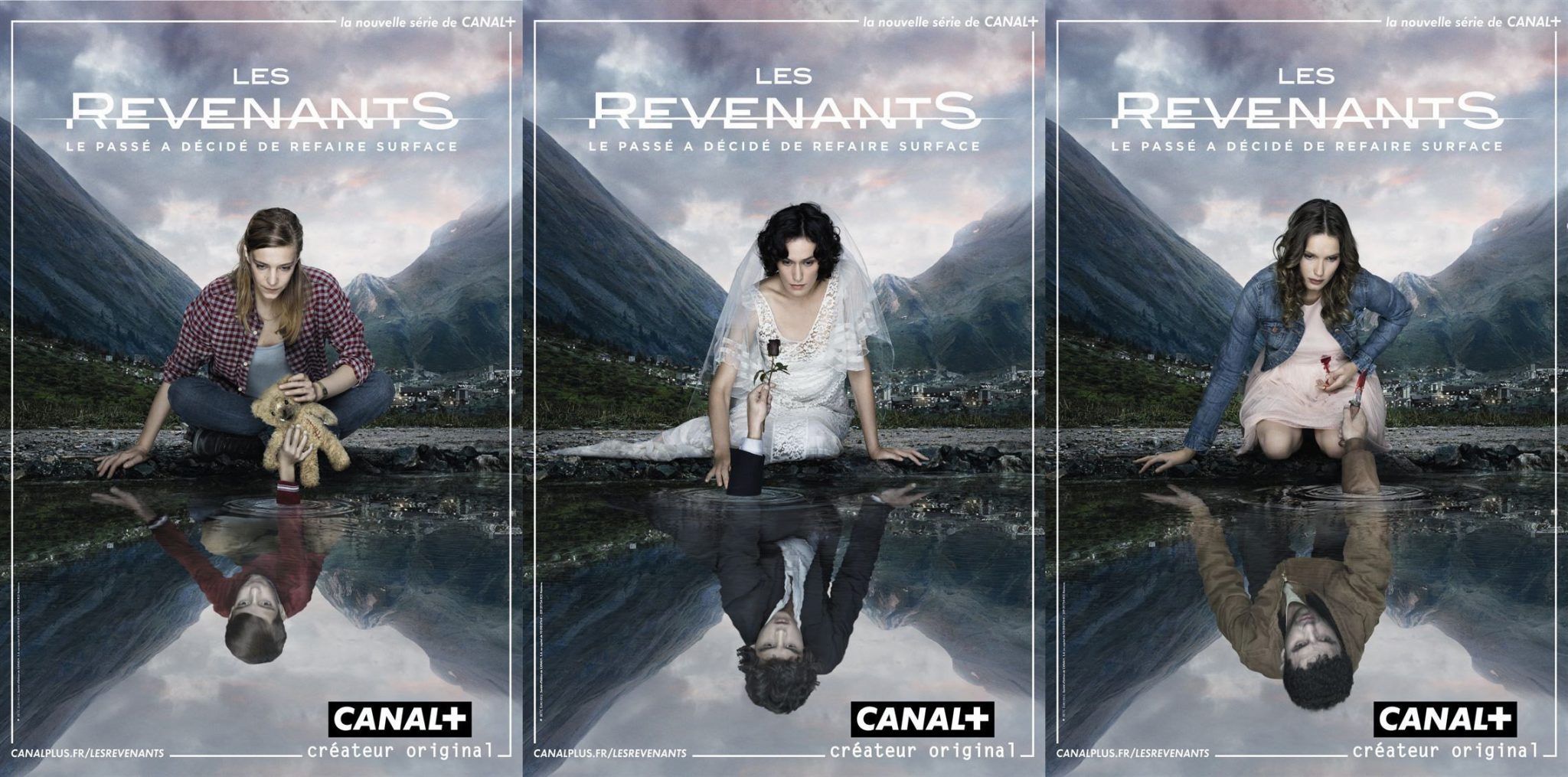Les Revenants is a highly atypical TV program targeting a niche audience. In terms of genre, it could be described as a supernatural drama (according to Wikipedia anyway), horror, zombie,
avant-guarde, mystery, or even a paranormal romance! However,
Les Revs is frankly completely different to zombie shows like
The Walking Dead and paranormal romance films like
Twilight. It also breaks the rules of the mystery genre, by presenting many hermenutic codes to the audience, yet
rarely answering any questions.
Clearly, something so niche and potentially frustrating is only going to appeal to a small audience. Yet the small number of people who
get this show are going to love it, and probably won't be able to stop talking about it. This makes it the very essence of a
cult tv show.
A cult audience is a small yet dedicated audience that absolutely love the media product. If people criticise it, they will defend it. If it gets cancelled, they will beg for it to be bought back (see:
Firefly, Arrested Development, Brooklyn 99...). Cult shows will divide opinion. They will put most people off, but through a process of
audience negotiation and
active textual poaching, audiences can pick out the things that they really like about it.
Les Revenants is not the first cult TV show, and it has been clearly influenced by others that came before it. One of the most influential cult TV shows is
Twin Peaks, which confused the hell out of American audiences when it first dropped in 1990. At its heart a straightforward murder mystery,
Twin Peaks sees eccentric FBI agent Dale Cooper pulled in to a rural American town to solve the brutal murder of a young woman. However, Twin Peaks is less interested with telling a coherent story, and is much more interested in creating a dreamlike atmosphere with a cast of unforgettable characters.
Twin Peaks will frequently switch genres, from crime drama to mystery to comedy to surreal to comedy to tragedy, often in the same scene! It's totally up to the interpretation of the audience what is going on. For most potential audience members, it's frustrating, boring, just too weird. But Twin Peaks still has a cult following today, which only grows as fans too young to have caught it the first time round discover the show in DVD and download sites.
Why do producers create cult TV shows if the only reason for a media product to exist is making money? It's an interesting question, because cult shows tend to not make much money, at least in comparison to big, sure fire hits. However, there are many advantages for producers to create a cult show:
- They are comparatively cheap to make
- They attract a stable, if small audience
- Through word of mouth, they increase respect and regard for the producer (prestige programming)
- They often have a very long shelf life, and can be sold to audiences many years later
Additionally, cult TV shows are becoming more mainstream! While this seems like a ridiculous and contradictory statement, audiences have become more fragmented thanks to digital technologies and methods of distributions. Younger audiences in particular are less likely to view live television, and feel dissatisfied at the 'broadcasting' model of entertainment. Increasingly, producers have taken to 'narrowcasting', and giving audiences more select and specific experiences. Netflix and Amazon Prime have both seen value in producing risky, strange and challenging cult programming, with Netflix producing shows like the mind-bending
Maniac and the uncompromising crime drama
Mind Hunter, and Amazon seem to have completely jumped off the deep end by bankrolling Nicholas Winding-Refen's brain melting fifteen hour long postmodern crime drama
Too Old To Die Young. Cult TV shows can bring in audiences that would normally give the platform a miss, and can improve public perception of an institution through word of mouth.
Conclusion: rather than belonging to a particular genre,
Les Revenants can be better identified as a
cult TV show through the ways it provides opportunities for a small but dedicated audience to interact with it. It might not make huge amounts of money, but dedicated audiences are increasingly essential for media producers as audiences become ever more fragmented.










































